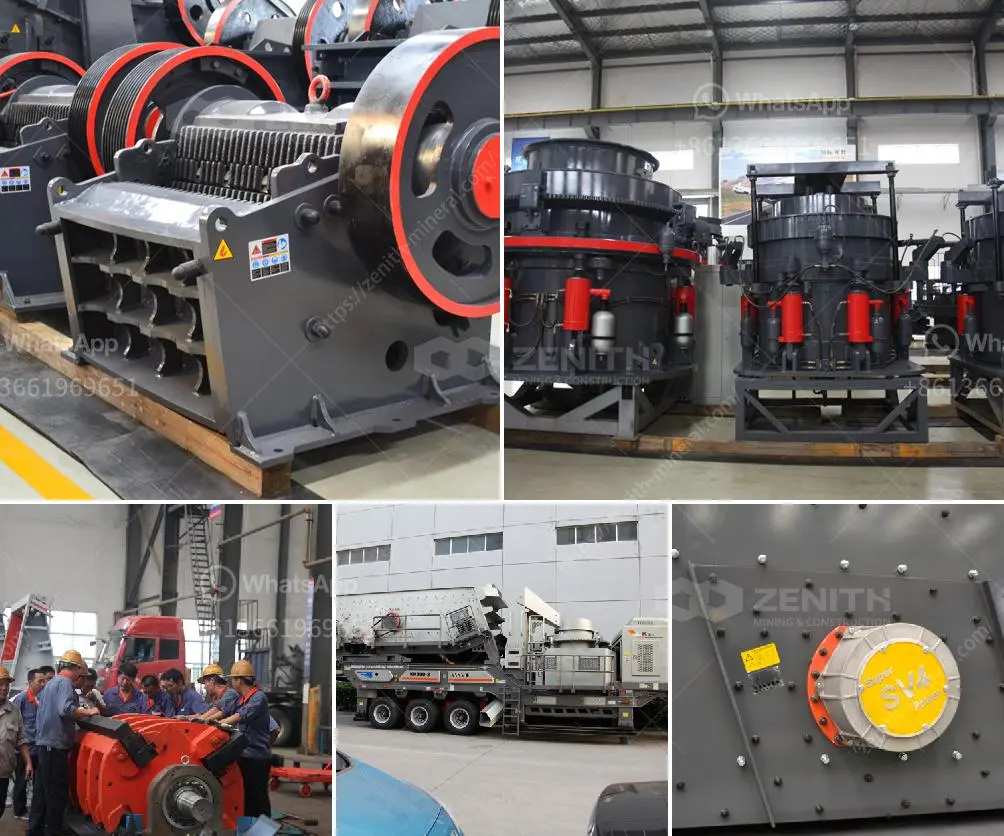Monitoring air quality in high-dust granite processing zones is crucial for ensuring worker safety and environmental compliance. Here are some steps and methods to effectively monitor air quality in such areas:
-
Identify Key Pollutants:
- Focus on particulate matter (PM), especially PM10 and PM2.5, as these are common pollutants in granite processing zones.
- Other pollutants may include silica dust, volatile organic compounds (VOCs), and other gases depending on the processes involved.
-
Select Appropriate Monitoring Equipment:
- Particle Counters: Use devices like optical particle counters or laser particle counters to measure the concentration of dust particles in the air.
- Air Quality Monitors: Deploy fixed or portable air quality monitors capable of measuring PM levels, gases, humidity, and temperature.
- Personal Sampling Devices: Equip workers with personal samplers to monitor exposure to dust and other pollutants.
-
Strategic Placement of Sensors:
- Place air quality monitors both indoors and outdoors at various locations: near cutting and polishing machines, loading zones, and areas frequented by workers.
- Consider the height of placement — at breathing level for accurate assessment of worker exposure.
-
Establish Monitoring Protocols:
- Regularly calibrate and maintain equipment to ensure accurate readings.
- Implement continuous or periodic monitoring, depending on the variability of dust production.
- Use data logging systems to record and analyze trends over time.
-
Data Analysis and Reporting:
- Utilize software systems to interpret data, identify trends, and detect unusual spikes in dust levels.
- Generate reports to alert management and workers about air quality status and necessary interventions.
-
Implement Control Measures:
- Based on the data, employ dust suppression techniques like water sprays, fogging systems, or dust extraction systems.
- Ensure proper ventilation and use enclosed equipment where feasible.
-
Compliance and Documentation:
- Adhere to occupational safety and environmental regulations (OSHA, EPA, etc.) concerning airborne particulates.
- Maintain documentation of air quality monitoring activities and mitigation actions for compliance audits.
-
Training and Awareness:
- Educate workers about the hazards of dust exposure and the importance of air quality monitoring.
- Encourage the use of personal protective equipment (PPE) like masks and respirators.
By implementing these steps, granite processing zones can effectively monitor and manage air quality, thereby protecting workers' health and the environment.

